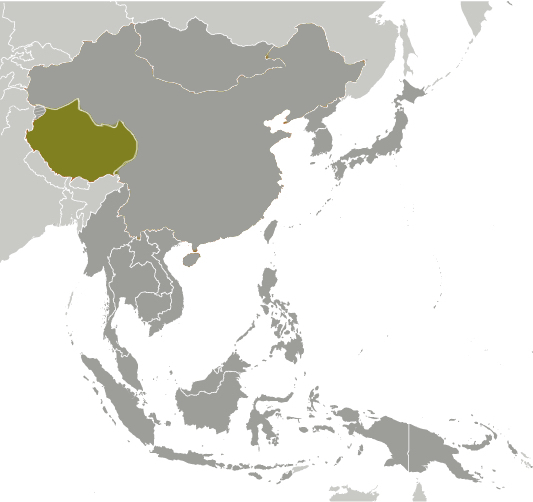May - Oct
Lhasa (LXA)
Tibet
The ‘Roof of the World’ remains an almost mythical destination for most people. Tibet has monks, monasteries, and mountains. It is also home to some of the friendliest people in the world, picturesque, unspoiled landscapes dominated by the sky-touching Himalayas, scenic lakes, lush forests, and deep canyons. What makes Tibet unique is the heritage of Tibetan Buddhism that is deeply entrenched as spirituality in people’s everyday lives.
Since China annexed Tibet in 1950, much in the old Tibet has changed. Stories of suppression, oppression, and human rights violations are all well known. However, today’s Tibet Autonomous Region is a testament to its people’s spirit, their strong belief in their heritage, and the retelling of it. Visiting Tibet helps the Tibetans keep their ancient culture and traditions alive and gives them hope that their incredible stories are being heard worldwide.
Independent travel is not permitted in Tibet. Tibet is generally open to foreign visitors except in February and March. You will need both a Chinese visa and a special Tibet permit.
Organize a Tibetan tailor-made journey with Recherché Journeys. Contact us for a FREE tour plan.
Why travel:
Breathtaking Natural Scenery: Valleys surrounded with snow-peaked mountains, scenic lakes, lush forests, and deep canyons form the stunning landscapes of Tibet. The eternally snow-covered north face of Mount Everest and Mount Kailash, a sacred mountain among the Buddhists and Hindus. The glittering surfaces of the lakes Namtso and Yamdrok reflect rugged mountains, blue sky, and white clouds.
Monasteries and Temples: Dedicated to the study and practice of wisdom and compassion, Tibet’s 6,000 monasteries form a vital part of its national identity. Different monasteries have different features. Potala Palace, a UNESCO site and once the Dalai Lama’s summer residence, dates back to the 7th century. Jokhang Temple is one of the most sacred places, and the Drepung Monastery features the Thangka of Buddha exhibition. Watch the monks debate scriptures in Sera Monastery and explore four great palaces of Tashilhunpo Monastery.
Tibetan Buddhism: As a deep-rooted belief, Tibetan Buddhism permeates every aspect of the Tibetans’ daily lives. The main objectives of Tibetan Buddhism are self-improvement, compassion, and attaining enlightenment. Tibetan peoples’ level of devotion and faith to their spirituality has remained unchanged for centuries. It is apparent in the magnificent monasteries, prayer halls of chanting monks, and remote cliffside meditation retreats.
Advanced Trekking: Tall snow-capped peaks, mountainous terrain dotted with colorful prayer flags, glittering glacial lakes, and the blue sky form a breathtaking background on several popular trekking routes in Tibet. Some of the world’s best hiking trails make the experience as much of cultural immersion as it is a physical challenge. The best trekking months are May, June, and October, as these months have pleasant temperatures, little or no rain, and clearer skies.
When to go:
Best time to visit: May-Oct. Summer is the best time as the temperatures are warmer at 40F-65F. Ice has melted, and roads are unblocked. Spring and fall months are best to get clear, unobstructed pictures of Mt. Everest.
High Season: Jun-Aug
Low Season: Nov-Mar. April is the shoulder season when the ice begins to thaw.

